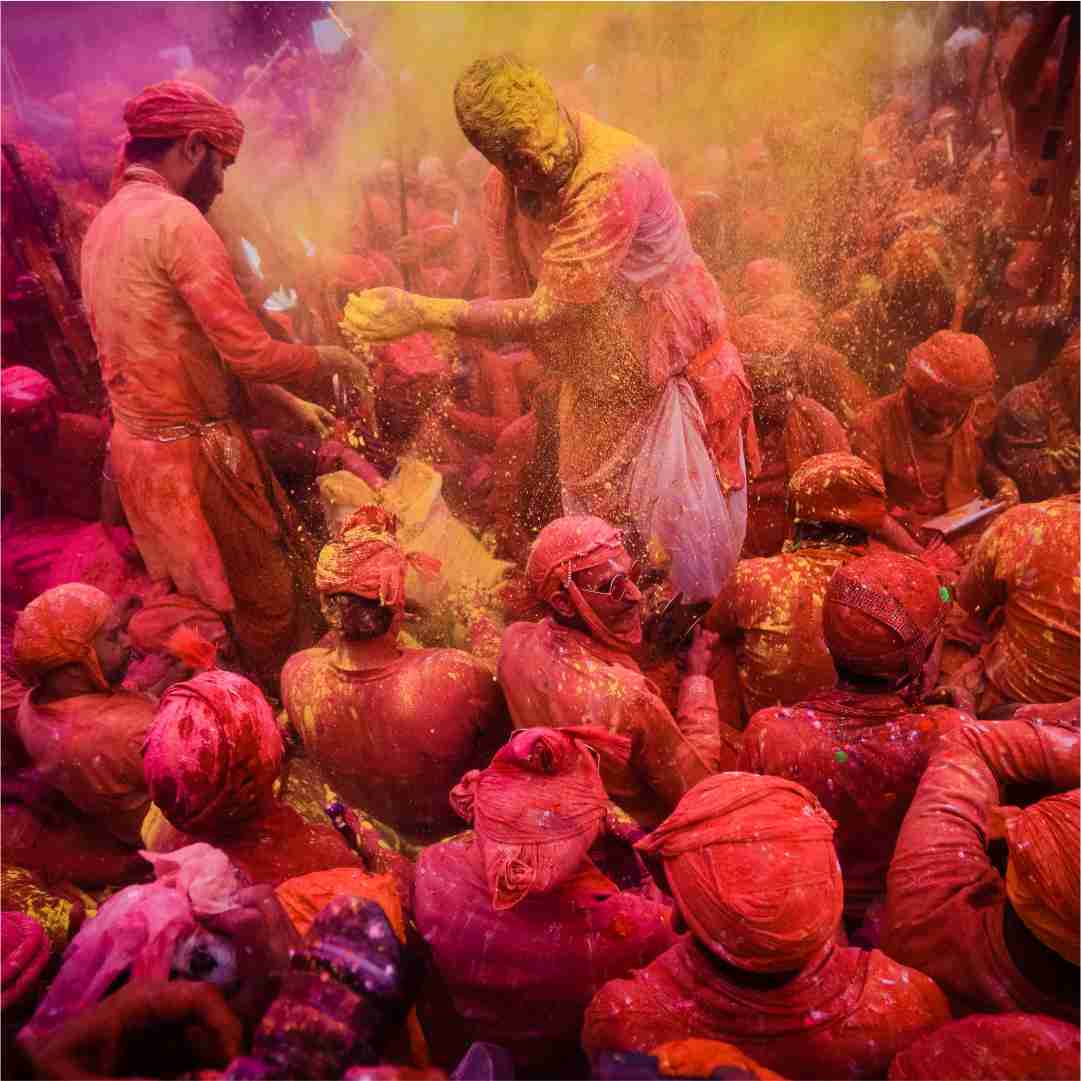
Why Holi is Celebrated: The History Behind the Festival
Introduction
Holi is a Hindu festival that celebrates the arrival of spring. The festival is also known as the "festival of colors" because of the tradition of people spreading colored powder and water among each other, the reason behind it being called “Rangon ka Tyohar”. Holi is celebrated all over India, as well as in Nepal and parts of Pakistan. The festival is a historical thread of love in the Indian Subcontinent. The date of Holi changes every year, but it always falls in the month of March or April, on the Poornima(full moon) of the Phalgun month of the Hindu calendar.
Origin: The history of Holi
Holi celebrates the triumph of good over evil. The holiday has its origins in the ancient Hindu festival of Holika, which commemorated the death of Holika, the sister of King Hiranyakashipu. According to legend, Holika tried to kill her nephew Prahlada by burning him alive, but Prahlada was saved by the power of Vishnu. In honor of Prahlada’s victory over evil, Hindus celebrate Holi by lighting bonfires and throwing colored powder and water at each other. Let’s know the history behind the festival in detail.
Holi, the festival of enthusiasm, has a rich mythological history. The festival has a long and terrifying history dating back to several thousand years. The story of Holi is related to the Hindu scriptural legend called ‘the Dashavatar’. According to the legend, Hiranya Kashyap was a powerful king who was very proud of his wealth and power. He had a son named Prahlad who refused to worship his father as the god. Hiranya Kashyap tried to kill Prahlad several times but failed each time. Finally, he asked his sister Holika to help him kill Prahlad. Holika had a special power that prevented her from being harmed by fire. She tricked Prahlad into sitting on her lap while she was sitting in a fire pit. However, by the grace of lord Vishnu, Prahlad, the good spirit wasn’t harmed at all but to everyone’s surprise Holika was burnt into ashes in the same fire pit, depicting the victory of good over evil.
Significance: The meaning of Holi
The festival has various meanings, including the victory of spiritual over materialistic values and the end of winter. The festival has religious and social significance. Holi is an ancient Hindu festival that has various meanings, including the end of winter. The festival is celebrated by throwing brightly-colored powder and water at each other, which symbolizes the end of winter and the beginning of spring. Holi also celebrates the triumph of good over evil, and participants often sing and dance to traditional songs and stories. It is a time to enjoy spring's arrival, forgive offenses, and celebrate new beginnings. The festival is celebrated by throwing brightly-colored powder and water at each other. It is a time to forget differences and come together in joy. Holi also marks the beginning of spring, which is a time of new beginnings.
Celebration: How is Holi celebrated?
The festival has many purposes, including thanksgiving, commemorating a religious event, or celebrating the beginning of Spring. The festival is also known as the Festival of Colors, as all about it is filling and bringing back colors in each other’s life.
The primary celebration of Holi happens on the day of Phalgun Purnima (full moon), which usually falls in late February or early March. The day before, Holika Dahan (burning of Holika) is celebrated. On Phalgun Purnima, people gather at common areas to play with colored powder and water. The powder is mixed with water to make a thick paste, which is then thrown at friends and strangers alike. Holi is the festival of colors, where everyone enjoys colors, and every emotion blends among the colors.
The festival is celebrated in all the states of India. The ceremony starts with a ritual cleaning of homes, followed by preparing colors and sweets for friends and family, guests are welcomed and delicious feasts are prepared.
Conclusion
In conclusion, Holi is a beloved Hindu festival that is celebrated each year to commemorate the beginning of spring. The colorful celebration is packed with tradition and symbolism, and has a rich history that is still celebrated today. Whether you are celebrating Holi for the first time or are a long-time devotee, the joy and happiness of the festival is sure to bring a smile to your face.

Leave a comment